A molecular roadmap for the emergence of early-embryonic-like cells in culture
- PMID: 29255263
- PMCID: PMC5755687
- DOI: 10.1038/s41588-017-0016-5
A molecular roadmap for the emergence of early-embryonic-like cells in culture
Abstract
Unlike pluripotent cells, which generate only embryonic tissues, totipotent cells can generate a full organism, including extra-embryonic tissues. A rare population of cells resembling 2-cell-stage embryos arises in pluripotent embryonic stem (ES) cell cultures. These 2-cell-like cells display molecular features of totipotency and broader developmental plasticity. However, their specific nature and the process through which they arise remain outstanding questions. Here we identified intermediate cellular states and molecular determinants during the emergence of 2-cell-like cells. By deploying a quantitative single-cell expression approach, we identified an intermediate population characterized by expression of the transcription factor ZSCAN4 as a precursor of 2-cell-like cells. By using a small interfering RNA (siRNA) screen, we identified epigenetic regulators of 2-cell-like cell emergence, including the non-canonical PRC1 complex PRC1.6 and the EP400-TIP60 complex. Our data shed light on the mechanisms that underlie exit from the ES cell state toward the formation of early-embryonic-like cells in culture and identify key epigenetic pathways that promote this transition.
Conflict of interest statement
The authors declare no competing financial interest.
Figures
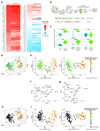

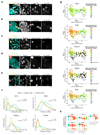
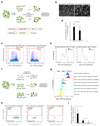
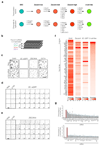
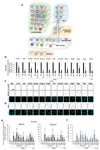


References
-
- Ishiuchi T, Torres-Padilla ME. Towards an understanding of the regulatory mechanisms of totipotency. Current opinion in genetics & development. 2013;23:512–8. - PubMed
-
- Surani MA, Hayashi K, Hajkova P. Genetic and epigenetic regulators of pluripotency. Cell. 2007;128:747–62. - PubMed
-
- Wu G, Scholer HR. Lineage Segregation in the Totipotent Embryo. Current topics in developmental biology. 2016;117:301–17. - PubMed
-
- Nichols J, Smith A. The origin and identity of embryonic stem cells. Development. 2011;138:3–8. - PubMed
-
- Tarkowski AK. Experiments on the development of isolated blastomers of mouse eggs. Nature. 1959;184:1286–7. - PubMed
Publication types
MeSH terms
Substances
Grants and funding
LinkOut - more resources
Full Text Sources
Other Literature Sources
Miscellaneous

